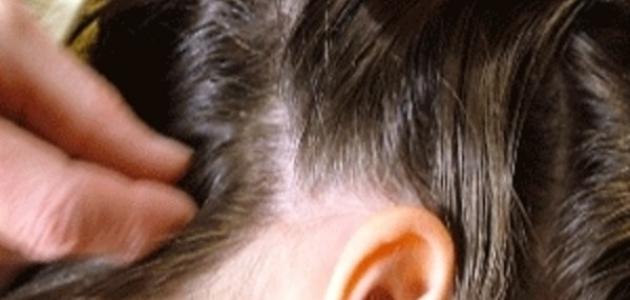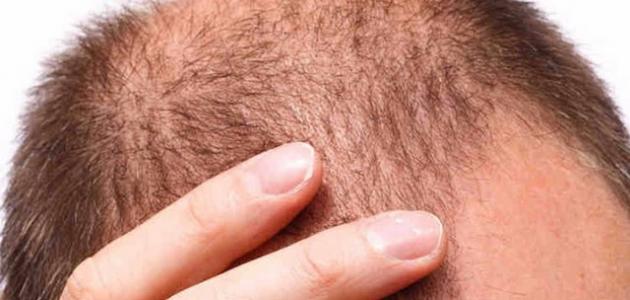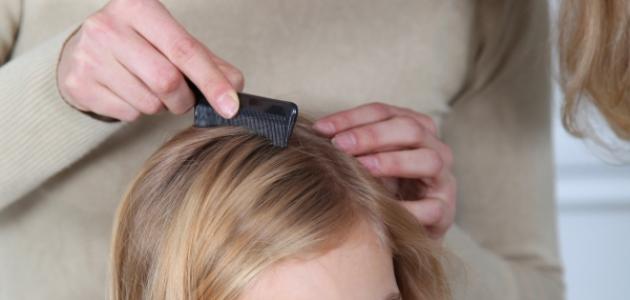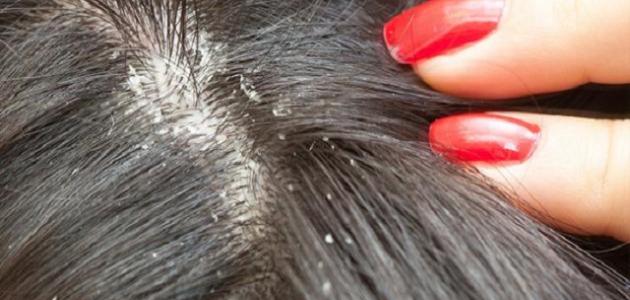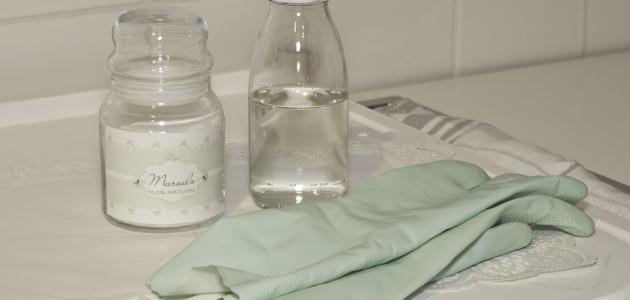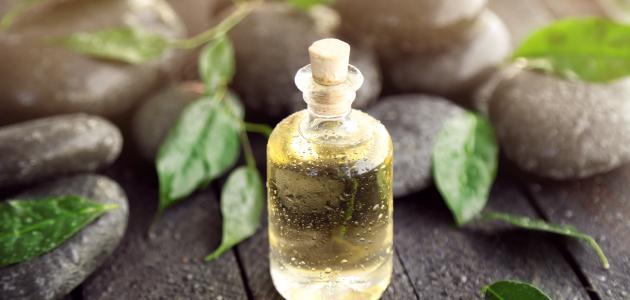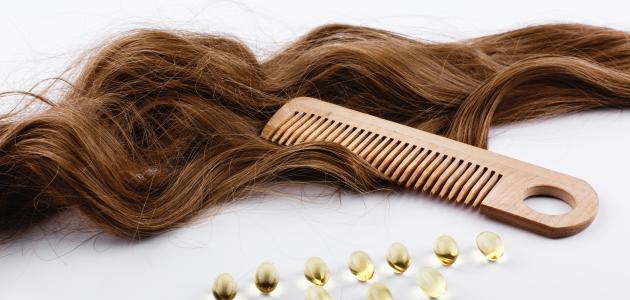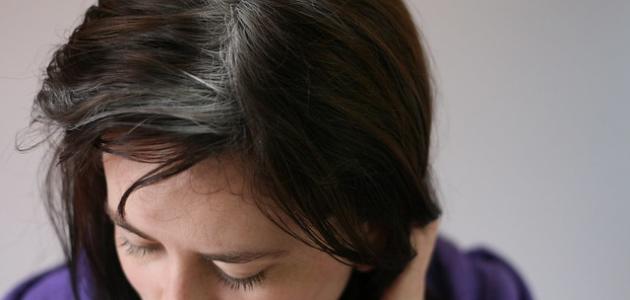Definition of lice
Lice is a name that denotes a species of very small insects, and it is known for living on living organisms, as it feeds on human blood and other animals, and often lives on the scalp to suck blood from it always, and it may live on any part of the skin human beings, and because of their very small size, it is difficult to see them, and it is also difficult to catch and dispose of them. Lice cause severe itching for their host, and may play a role in the transmission of some diseases, in addition to their other parasitic damage.
Lice are classified into two basic families, namely the chewing louse (or bird louse), and the sucking louse. The bird louse has a strong mouth that enables it to chew food, and it spreads as a parasite that feeds on the remains of organic materials present on the body of its host, as it lives among the feathers of the body of many types of birds or on their hair and skin, and it also spreads in many pets that live in cities and farms. However, he never approaches a person. On the other hand, sucking lice have a mouth equipped to penetrate the skin and absorb the host's body, and each of its legs is provided with a strong claw that enables it to cling well to the hair of its host, and this lice is the one that lives on the human body.
How do you get rid of lice eggs?
There are many methods used that can be resorted to in order to get rid of the eggs of lice insects, which are attached to the hair roots in the scalp. In most cases, it is recommended to use any type of treatment twice, as the second time comes after a period of seven to nine days, and the aim is to ensure the elimination of eggs that were remaining after the death of adult insects, which may have hatched after the end of the first treatment and the death of other insects.
Read also:How to grow hairThere are various reliable means to exterminate lice, including medical drugs that are sold in pharmacies and specially produced to kill lice, and they are sold in the form of shampoos for the head to be used before bathing, and it is not recommended to use more than one medical preparation at the same time to avoid any complications. On the other hand, it is possible to get rid of lice by combing the hair with a brush dedicated to removing lice from the head (available in some pet stores), which must be rubbed with the hair once every two or three days, and to repeat that until all traces of lice are gone.
Drying hair with hot air is also an effective way to eliminate lice eggs, as it destroys most eggs due to high heat and drying moisture, and kills a large number of adult insects, but benefiting from it requires repeated use every few days to eliminate any new eggs laid by adult lice.
After eliminating the lice on the scalp, there will be no need to take any other measures. The lice that live away from the human body (for example, in clothes or parts of the house) will not be able to survive for long without a breadwinner, and will die within a few days. The desire to be very careful, as it is possible to wash clothes and boil hair accessories, such as combs and hair brushes, in hot water, as this will be sufficient to secure protection from them.
Traditional ways to get rid of lice
There are also some traditional recipes that are commonly used to get rid of lice, including:
Read also:How do I know if my hair has lice?- Vinegar recipe with olive oilAn equal amount of vinegar and olive oil is placed in a plate or bowl and mixed well, then the hair is rubbed with this mixture, left on for half an hour before taking a shower, the hair is washed and combed with a brush designed to remove lice.
- Tea tree oil recipe: This oil is able to eliminate lice by causing nervous paralysis if they touch it, and therefore it is recommended to put some drops (about 3 to 4 drops) in the shampoo and then wash the hair well with it, and comb it - upon completion - with a comb designed to remove lice.
- Vinegar recipeIn this recipe, the hair is soaked in the vinegar mixture for five minutes, then dried with a towel, after which a dedicated comb is used.
Biological traits of lice
Male lice range from 3.5 to 3.5 mm in length, and 4.5 to XNUMX mm in females. The head of this insect is conical and slightly long, with a pair of antennae attached to it, but it almost lacks eyes (they are either atrophied or absent), and the shape of its mouth varies from piercing-sucking to chewing jaws, depending on its species. It does not have any wings, and each of its legs has a hook-like claw to help it cling to the body of its victim. These organisms breathe through openings on the sides of their abdomen.
Read also:Oily dandruff treatmentlice life cycle
The life cycle of lice consists of several stages, which can be divided into three main ones:
- egg stageMost types of lice prefer to lay their eggs on the hairline of the body of the host, as the louse secretes a sticky substance that makes its eggs stick to the tufts of hair, especially in the area behind the ears and the back of the head on the side of the neck. Eggs can also be laid in the folds of human clothes. And the shape of lice eggs is in the form of white droplets that resemble eye tears, and they are called “nits.” Lice eggs hatch six to ten days after laying, and the egg shell can sometimes remain attached to the hair after hatching, and it is difficult to distinguish whether it contains a louse embryo or not.
- nymph stageThe nymph emerges from the louse egg (nits), and looks similar to the adult insect, except that its color is white or transparent. It feeds on the blood of the scalp, and lives for 10 to 20 days, during which it passes through several moults of its outer cover, preparing it for puberty.
- adult insect stageWhere the nymph develops into a fully developed louse. The adult louse is distinguished by its brown or gray color and its speed is very high, so it is difficult to catch, and the louse lives for thirty days on the body of its breadwinner, during which it may lay a number ranging from 200 to 300 eggs.
Lice damage
The problem of lice is relatively common among people, and one of its dangers is that it becomes contagious easily. When personal items (such as hair combs, scissors, or hats) are shared, it becomes easy to transmit lice from one person to another, and it may be transmitted immediately from mere contact. With other people, especially with the hair on their head because it attracts specific types of these insects, and given the nature of this infection, it reaches its climax in young children (in nursery or primary school), due to their great tendency to play, frequent contact and exchange of objects. Lice have many harmful effects. In addition to its symptoms of severe itching and the like, it may be a cause of transmission of serious diseases, the most famous and worst of which is typhus, as well as trench fever and pediculosis.
